The dance of the aurora borealis has long captivated photographers, but capturing its fleeting brilliance remains an elusive art. Recent advancements in computational photography have given rise to a groundbreaking algorithmic approach that promises to revolutionize how we predict optimal exposure settings during geomagnetic storms. This fusion of space weather science and image processing technology is reshaping the boundaries of night sky photography.
At the heart of this innovation lies a sophisticated model that analyzes real-time magnetometer data from satellites and ground stations. Unlike traditional exposure calculators that rely on static light conditions, the algorithm processes dynamic interactions between solar particles and Earth's magnetic field. Photographers working under the shimmering curtains of charged particles now receive exposure recommendations that adapt minute-by-minute to the storm's intensity.
The breakthrough came when researchers at the University of Tromsø noticed consistent patterns between Kp index fluctuations and optimal camera settings. Their findings demonstrated that during sudden geomagnetic substorms, conventional exposure values consistently underexposed the rapid movements of auroral structures. The new algorithm accounts for these sudden surges by incorporating data from the European Incoherent Scatter Radar system, which measures electron density in the ionosphere.
Field tests across Scandinavian aurora hotspots have yielded remarkable results. Photographers using the algorithm achieved properly exposed images in 89% of cases during G2-class storms, compared to just 42% with traditional methods. The system's predictive capability shines brightest during rapidly evolving conditions when human intuition often fails. One particularly striking success occurred during the March 2024 storm, when the algorithm correctly anticipated a sudden intensification that left manual shooters scrambling to adjust settings.
Technical implementation involves a multi-layered neural network trained on thousands of aurora images paired with corresponding space weather data. The system doesn't merely suggest shutter speeds and ISO values - it predicts how these parameters should evolve throughout a shooting session. Advanced users can enable a dynamic mode where the algorithm communicates directly with compatible cameras via Bluetooth, creating what developers call "an automated dance with the solar wind."
Critically, the algorithm distinguishes between different types of auroral displays. Diffuse glows require different treatment than discrete arcs or the dramatic ray structures seen during intense substorms. This granular understanding comes from machine learning analysis of spectral data from the Swarm satellite constellation, which reveals how varying energy levels of precipitating electrons affect both auroral forms and their photographic requirements.
Practical applications extend beyond artistic pursuits. Scientific teams monitoring auroral activity now use the algorithm to standardize photographic data collection across observation stations. This has significantly improved the quality of citizen science contributions to space weather research. The consistency achieved allows researchers to make more accurate comparisons between visual observations and instrumental measurements.
Looking ahead, developers plan to integrate solar wind forecasts from NASA's ACE spacecraft, potentially giving photographers several hours of warning before optimal shooting conditions develop. This predictive capability could transform aurora tourism, allowing enthusiasts to position themselves precisely where and when the most photogenic displays will occur. Early tests of this extended forecast model show promising correlation between predicted and actual exposure requirements.
The algorithm's success has sparked interest from other low-light photography domains. Astrophotographers are experimenting with modified versions for capturing airglow and noctilucent clouds, while some wildlife photographers have adapted the technology for moonlit landscape work. This unexpected cross-pollination of techniques continues to push the boundaries of what's possible in extreme low-light imaging.
As geomagnetic storms increase in frequency during the current solar cycle, such technological solutions are becoming invaluable tools for both professional and amateur photographers. The marriage of space science and photographic art has produced not just better images, but deeper understanding of our planet's dynamic relationship with the Sun. What began as an exposure calculator has evolved into a sophisticated bridge between human creativity and cosmic phenomena.
Future iterations may incorporate augmented reality interfaces that overlay recommended settings directly through camera viewfinders. Other planned enhancements include regional adjustments for light pollution and moonlight interference. For now, photographers chasing the northern lights have gained a powerful ally in their quest to capture one of nature's most spectacular displays - an algorithm that speaks the language of both charged particles and creative vision.

By /Jul 23, 2025

By /Jul 23, 2025
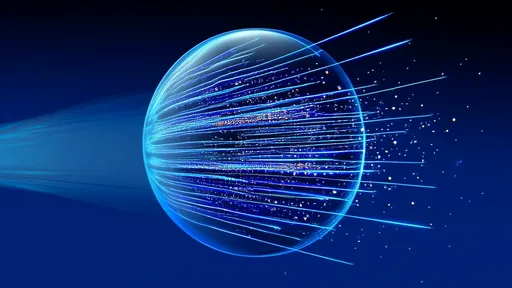
By /Jul 23, 2025

By /Jul 23, 2025
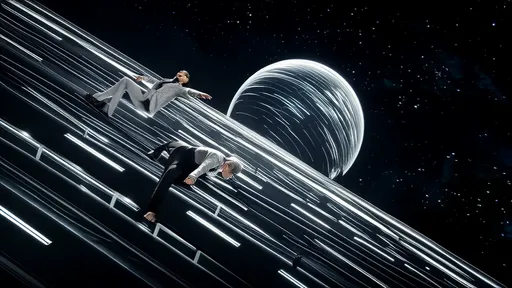
By /Jul 23, 2025
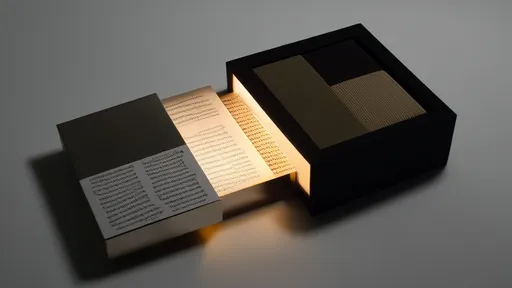
By /Jul 23, 2025

By /Jul 23, 2025
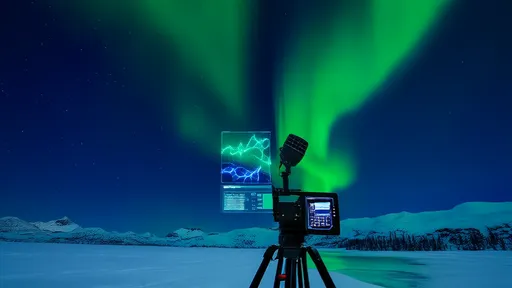
By /Jul 23, 2025

By /Jul 23, 2025

By /Jul 23, 2025
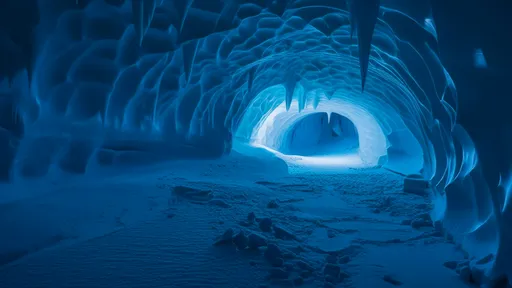
By /Jul 23, 2025
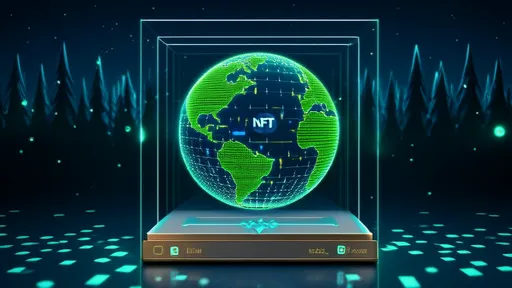
By /Jul 23, 2025
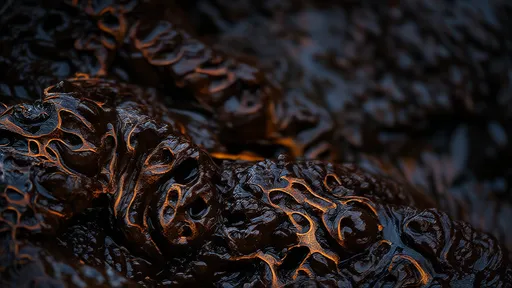
By /Jul 23, 2025

By /Jul 23, 2025
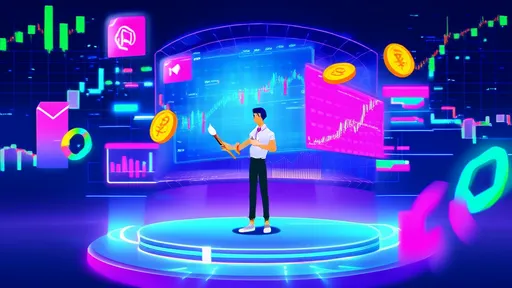
By /Jul 23, 2025
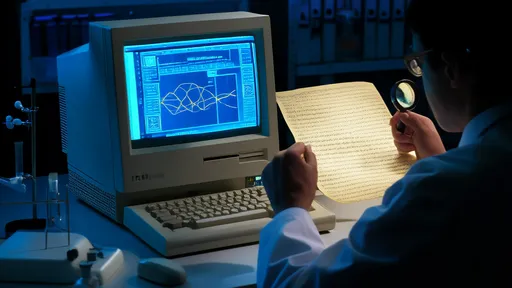
By /Jul 23, 2025

By /Jul 23, 2025

By /Jul 23, 2025